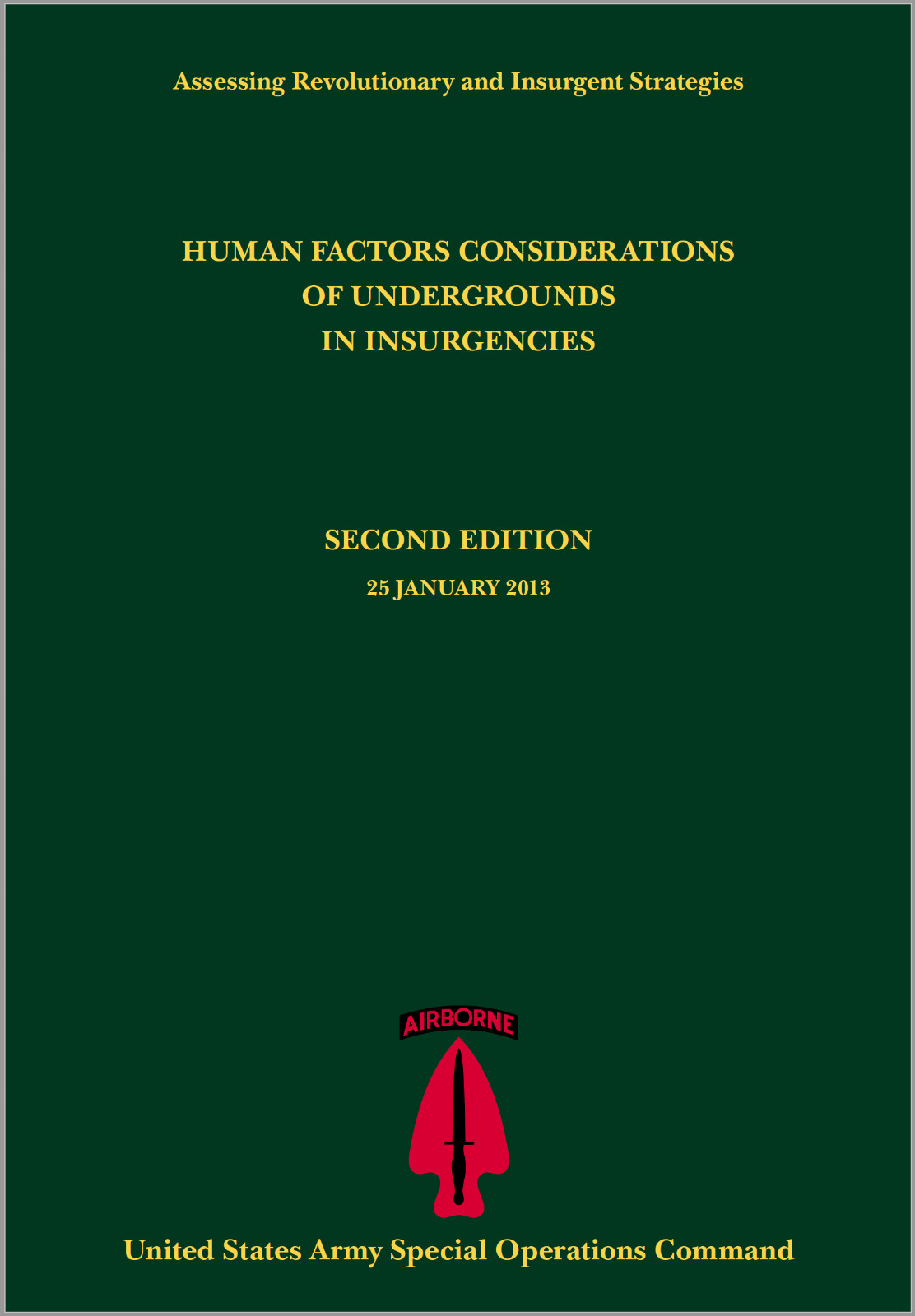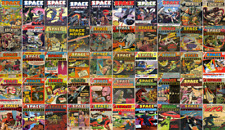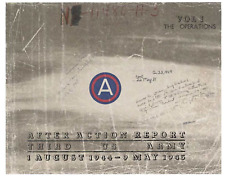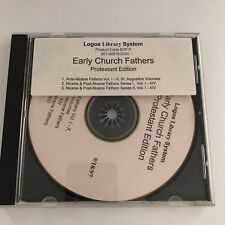|

On eBay Now...
On CD 398 Page 2013 HUMAN FACTORS CONSIDERATIONS OF UNDERGROUNDS IN INSURGENCIES For Sale

When you click on links to various merchants on this site and make a purchase, this can result in this site earning a commission. Affiliate programs and affiliations include, but are not limited to, the eBay Partner Network.

On CD 398 Page 2013 HUMAN FACTORS CONSIDERATIONS OF UNDERGROUNDS IN INSURGENCIES:
$14.99
Thank You! If you do not wish to have your item(s) delivered on data disc(s), I can provide them on a flash drive and other means as well. Just let me know if a disc does not work for you and we can discuss delivery by other methods. COMBINING SHIPPING COSTS Are you purchasing multiple items? I will: a) combine all invoices before payment and charge shipping equivalent to one item, or b) refund all shipping costs in excess of one item after payment.
All derivative (i.e. change in media; by compilation) work from this underlying U.S. Government public domain/public release data is COPYRIGHT © GOVPUBS $3.00 first class shipping in U.S.; $13.00 for air post outside of United States. I will combined sales for reduced postage prior to payment - simply ask for a combined invoice! See numerous images of actual pages within manual. Be sure to see my many other flight manual and aviation maintenance and parts manuals on CD sales.
Public domain U.S. government manual in PDF format copied to blank CD. Includes the easy to use Adobe Acrobat Reader software for viewing and printing publications. PREFACE TO THE SECOND EDITIONThis book, Human Factors Considerations of Undergrounds in Insurgencies, is the second edition to the 1966 book of the same name. The first edition of this book was produced by the Special Operations Research Office (SORO) at American University in Washington, DC. SORO was established by the U.S. Army in 1956. During the 1950s through the mid-1960s, SORO social scientists and military personnel researched relevant political, cultural, social, and behavioral issues occurring within the emerging nations within Asia, Africa, and Latin America.1 The researchers conducted analyses, sometimes for the first time, on the effects of propaganda and psychological operations and the roles of the military in developing countries, and provided large bibliographies of unclassified materials related to counterinsurgency and unconventional warfare. The Army had a particular interest in understanding the processes of violent social change in order to be able to cope directly or indirectly through assistance and advice with revolutionary actions. In 1962, SORO published the Casebook on Insurgency and Revolutionary Warfare ; in 1963, it published Undergrounds in Insurgent, Revolutionary, and Resistance Warfare ; and in 1966, it published Human Factors Considerations of Undergrounds in Insurgencies —each of these publications remained in the Special Operations training curricula for subsequent generations. The work of SORO, whose scholarship grew more ambitious and controversial, and later the Center for Research in Social Systems (CRESS), has endured. Some of the reports under Project PROSYMS (Propaganda Symbols) have served as examples of incorporating rigorous social science research methods into psychological operations, and the CRESS report on the subversive manipulation of crowds is still widely used as a training resource. Relevant components of many of SORO and CRESS papers are referenced in this edition. The American experience in Afghanistan, Iraq, the Philippines, the Horn of Africa, and other locales in the twenty-first century reaffirmed the need for cooperation between the academic and operational communities. In 2009, the U.S. Army Special Operations Command (USASOC) G-3X sought to recreate some of the capability SORO had provided. They turned to, among other institutions, The Johns Hop kins University Applied Physics Laboratory (JHU/APL). Under a project entitled Assessing Revolutionary and Insurgent Strategies (ARIS), researchers at JHU/APL have been engaged in understanding how social movements such as insurgencies and revolutionary groups are created; how they grow, spread, and sustain themselves; and how they succeed or fail. 2 The first product of that effort is the forthcoming Casebook on Insurgency and Revolutionary Warfare, Volume II: 1962–2009. Similar to the first volume, the second volume is intended to provide a foundational understanding of insurgent warfare by presenting cases using a common analytical framework and format. The second and third major products under ARIS are the second editions of Undergrounds in Insurgent, Revolutionary, and Resistance Warfare and Human Factors Considerations of Undergrounds in Insurgencies.Most of the text in this edition is new. Some large sections of the first edition are retained verbatim, mostly in Chapter 3’s study of Communist organizations and sections of Chapter 5 on recruitment and retention, but also in smaller sections of the other chapters as well. We preserved much of the overall structure, although not the specific chapters, and strove to answer many of the same underlying questions. Material from the first edition is used without citation. Material from other SORO studies is referenced like any other source.Intended as a complement to the second edition of Undergrounds in Insurgent, Revolutionary, and Resistance Warfare, this book delves deeper into theory and further into background materials and focuses less on operational details. We provide numerous chapter cross-references to the second edition of Undergrounds. We also drew heavily on the new, second volume of the Casebook; these cases are cited in the normal way. We also provide a table of contents at the beginning of every chapter to make the book more useful as a reference.The first edition of Human Factors was an important synthesis of a poorly understood topic and has proved to have some remarkable staying power, with much still relevant even in the edition’s fifth decade. An update to the first edition is needed, however, simply because the world has changed since the 1960s.
LETTER OF INTRODUCTIONThe foreword to Special Warfare’s 1966 Human Factors Considerations of Undergrounds in Insurgencies notes, “in the desire to understand the broad characteristics and societal impact of revolutionary movements we often neglect the study of the human element involved.” “To understand the individual, his reasons, his behavior, and the pressures that society places upon him is at the heart of the problem of social change.” The earlier study and this updated edition represent part of our intellectual investment in understanding the human domain. Understanding the human domain remains critical for future Special Warfare operations.Since the inception of the United States Army Special Forces, understanding indigenous individuals and the human domain in which they exist has been a persistent Army Special Operations Forces cornerstone. Relationships with indigenous individuals enable Special Warfare. Understanding why individuals choose to join an underground movement, why law-aoffering citizens are tempted to lead a dangerous underground life, why individuals stay in underground organizations, and what behaviors individuals use to survive are key questions that will reveal insights into the individuals that may be our partners. Special Warfare’s leverage of and reliance on indigenous forces offers a unique capability. This Special Warfare capability offers our nation’s leaders necessary and different strategic options. Our Special Warfare mission necessitates our continued educational and intellectual commitment to studying human factors. Our endeavor must include institutional and individual commitments. This updated volume offers a beginning, and the text will be integrated into our schoolhouse curriculums. The schoolhouse introduction represents only the starting point for each Army Special Operations Forces member’s continued learning. Our nation requires a Special Warfare capability. The Special Warfare capability requires intellectual investment and continuous evolution to understand the people that the human domain represents. I encourage each member to read, analyze, debate, and challenge this work as we endeavor to remain the premier Special Warfare capability in the world.LTG Charles T. Cleveland Commanding General, U.S. Army Special Operations Command


1952 - 1967 Space Adventures Comic Book Package - 50 eBooks on CD $16.75

Disney Broadway Musical On Cd $198.25

687 Page After Action Report Patton Third Army 1 August 1944 - 9 May 1945 on CD $14.99

Harry Potter Book on CD Order of Phoenix 23 CD's $53.49

Vintage Disney Iron On Transfer Buzz Lightyear Cd Print Studio $12.99

Steam Locomotive Train Sounds On CD: Whistles In The Night $9.00

Early Church Fathers Protestant Edition on CD-Rom Logos Library System $99.00

1950 - 1955 The Beyond Comic Book Package - 28 eBooks on CD $14.75
|